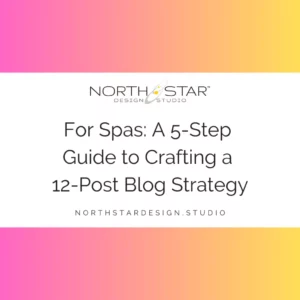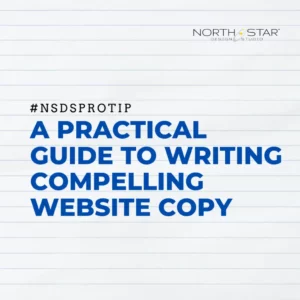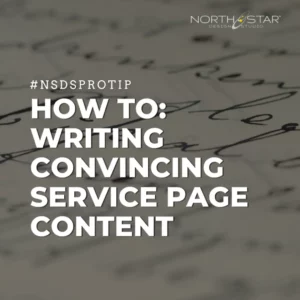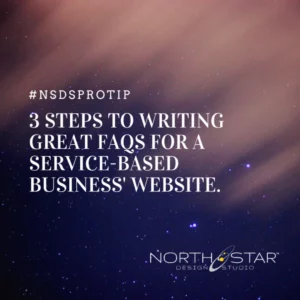Hey folks, let’s settle something today: the idea that a website can have “too much content.” Spoiler alert: That’s a myth. The real culprits? Bad content and poor organization.
Quantity vs Quality: The Real Deal
Let’s make this clear. It’s not about having “too much” content; it’s about having irrelevant or poorly organized content. Your site could be brimming with articles, videos, and infographics, but if they’re not valuable or easy to find, you’re missing the mark.
The 10% Rule of Website Copntent
Here’s a stat to consider: only about 10% of website visitors scroll more than one swipe down on any given page. That means your Calls-To-Action (CTAs) and conversion-focused language better be front and center.
The Dual Role of Lower-Section Content
Anything below those first two sections? Think of it primarily as an SEO treasure chest. But don’t mistake this for a license to slack off—this content should still provide value to your audience.
Content Organization is Key
Especially if you’re a non-profit, keep your mission deliverables at the forefront. Volunteers and donors will dig deeper to find what they’re looking for, but the community you serve needs immediate access to resources.
Solo Content: The Lone Ranger
Solo content is like that lone sock in the laundry—it doesn’t do much good by itself. These are stand-alone pages or posts that aren’t linked to or from other parts of your site. Not only do they create a disjointed user experience, but they’re also less likely to be indexed by search engines. Always think in terms of content ecosystems; every piece should connect to another.
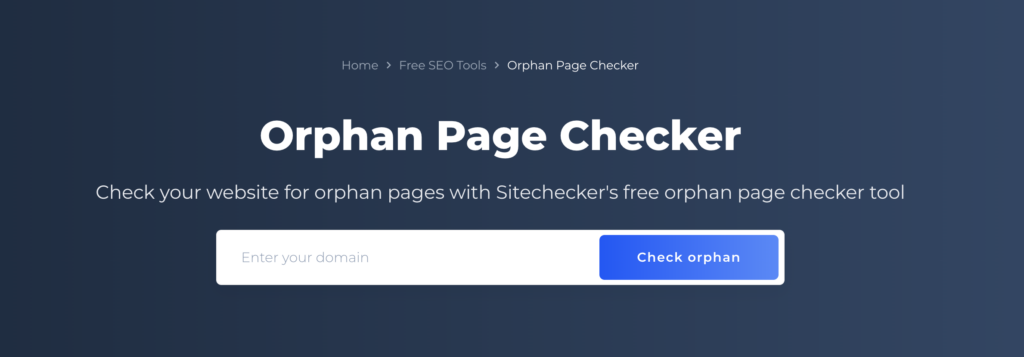
Orphaned Content: The Forgotten Child
Orphaned content is content that’s technically on your site but virtually invisible because it’s not linked from any other page. It’s like having a brilliant thought but never speaking it out loud. This kind of content can be detrimental to your site’s SEO and user experience. Resuscitate these orphans by integrating them into your site’s navigation or linking to them from relevant pages.
Recommended Reading: The Secret SEO Weapon You Didn’t Know You Had: Your Overlooked Content
The Golden Rule for Categories and Tags
When it comes to organizing your mountain of content, categories and tags are your best friends. But let’s keep it simple. A good rule of thumb? Have a handful of broad categories that define the main topics of your site. Under these, you can create specific tags to further organize content.
For instance, if you have a blog on personal finance, your categories could be ‘Investing,’ ‘Budgeting,’ and ‘Retirement.’ Tags could then include ‘Stock Market,’ ‘Emergency Funds,’ or ‘401k.’ Remember, categories are your table of contents; tags are your index
Wrap It Up
Content isn’t just king; it’s a whole dynasty when done right. Stop fretting over having “too much” and start focusing on making it meaningful and well-organized. Your audience and the search engines will thank you.


